Metaverse NFT projects have been in development behind the scenes prior to the metaverse becoming a buzz term after Facebook’s recent announcement. But what exactly is the metaverse? and which games are worth checking out?
The idea of the metaverse is that of a virtual and immersive online only world. If you’ve ever seen the movie Ready, Player One, you might have an idea of how a metaverse could look. Within these worlds, an avatar represents you and you are free to interact with other people and places (occasionally replicated from real life).
This mass multiplayer format (MMO) often seeks to develop its own governance and economy. This is where in-game tokens and NFT assets can represent some kind of value through uniqueness and scarcity.
Typically, there are four main components of metaverses and their NFTs are
- Transparency: Anyone can check the blockchain to find more information about the NFTs and their transactions.
- Decentralisation: There is no central entity controlling the metaverse. It should be an equitable experience for all.
- Real-life value: Any tokens you encounter within the metaverse should be tradeable on external markets.
- User governance: The players should have a say in changes implemented within the metaverse, via a vote.
Some metaverses can be explored for free, and you can acquire the NFTs or in-game tokens from airdrops and giveaways, then participate in play-to-earn aspects. However, most require you to purchase digital assets from NFT marketplaces using your DeFi crypto wallet such as MetaMask.
This article will highlight what we believe to be the current top 10 metaverse NFT projects available. Here, we will address what comprises each project, how it is unique, and where NFTs fit into the game.
1. Decentraland
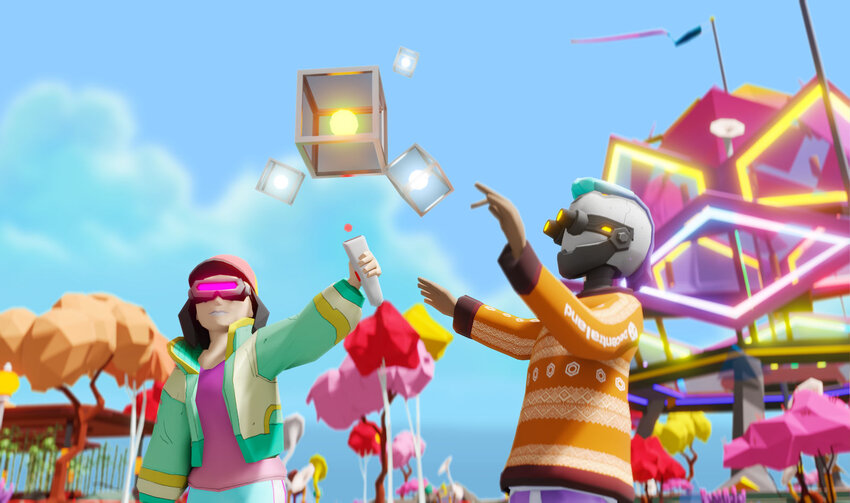
Decentraland is the metaverse NFT project that allows its players to truly immerse themselves in the game. Compatible with online browsers and VR technology, Decentraland leverages the Ethereum blockchain to monitor the buying and selling of virtual real estate, known as land. How you use your land is entirely up to you; your possibilities are near endless. However, the goal of Decentraland is to create a collaborative user network through peer-to-peer communication.
The concept of buying land is not unique to Decentraland, yet $MANA is. $MANA is a cryptocurrency specific to the game. Land and artwork, which take the form of NFTs within Decentraland, can only be bought with this currency.
2. Axie Infinity

Developed by a Vietnamese studio, Axie Infinity brings Pokémon-style characters to an NFT-based metaverse. If you’ve been seeking cute, blob-style pets that you can use to battle against other players, Axie Infinity may be the game for you. Operating on the Ethereum blockchain, the game revolves around breeding, raising, and battling your Axies.
Both the land and the Axies you purchase are NFTs sold via the in-game marketplace. Most of the transactions within the game take place on Ronin – a tailored sidechain offering lower fees than you’d ordinarily find on the main blockchain. The game design itself is simplistic, colourful, and attractive to the eye.
3. The Sandbox

The Sandbox combines the blocky terrain of Minecraft with the metaverse concept to provide players with a play-to-earn universe. The Sandbox only launched last month after four years of development. It allows players to earn its currency ($SAND) by completing game quests or through the sale of their digital assets.
NFTs can be found within gameplay in the form of land. Once you purchase a piece of land, you have the option to begin creating your own minigames that you can publish, charging token fees to play. Beyond creating your own games, a key aspect of The Sandbox is allowing its players a say in the metaverse governance.
4. Star Atlas
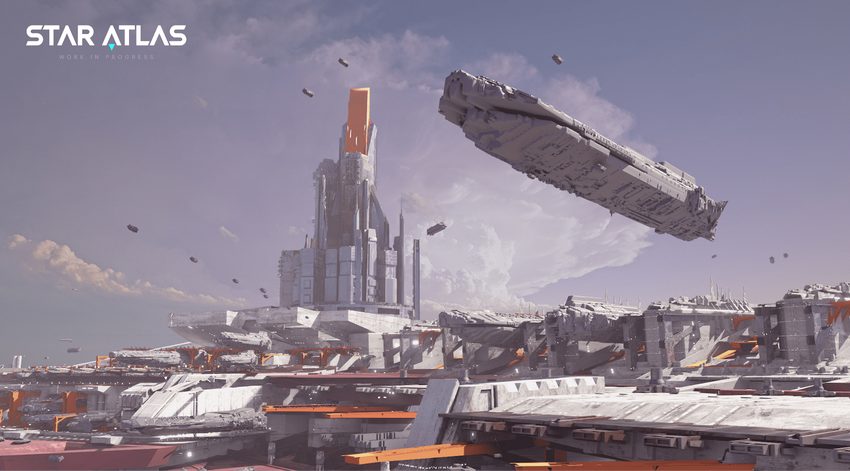
If you’re a Destiny fan or like to explore the latest RPGs (Role Play Games) in your free time, Star Atlas is offering its own metaverse NFT take on these concepts. Star Atlas presents an MMORPG (mass multiplayer online role-playing game) that gives you the power to create a character and a spaceship and explore outer space in an open-world game style. Star Atlas’s unique appeal comes from the opportunity for players to buy in and partly own the game.
$ATLAS and $POLIS are the two in-game currencies. While Star Atlas is play-to-earn, you can purchase NFT-style game features across the in-game market and contribute to a robust virtual economy.
5. CryptoVoxels
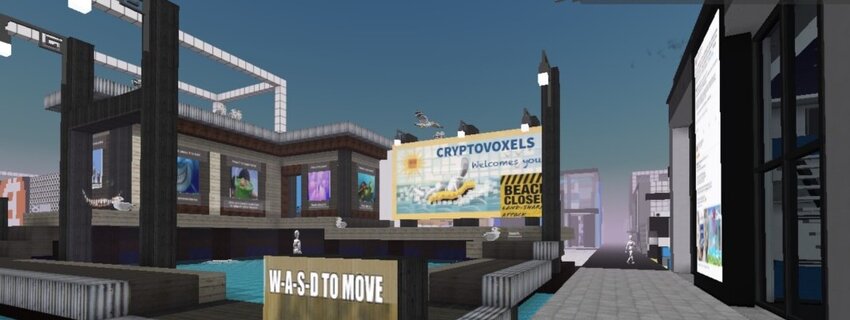
CryptoVoxels is another play-to-earn, Minecraft-style metaverse. Developed by a New Zealand company and listed on the Ethereum blockchain, CryptoVoxels is one of the less creatively impressive metaverse on this list. However, what it lacks in aesthetics it makes up for in versatility and gameplay, being categorised as a game of financial strategy.
Ethereum is the sole payment method within this metaverse. You can use it to purchase collectibles or collections, and land. CryptoVoxels is versatile in supporting platforms, which include the options to play online, on Android, or on VR.
6. Bloktopia

Bloktopia is a fluorescent sci-fi VR metaverse with many real-life connections. The game itself is played within a 21-storey skyscraper called ‘Bloktopia’, where ‘Bloktopians’ have the option to earn tokens ($BLOK) through advertising revenue, network building, real estate, and more.
The real-life links within the game can be found in advertisements from companies such as Polygon, Animoca Brands, and Jake Paul, visible on billboards within the game’s trailer. The game is heavily designed around incorporating NFTs and profiting from your endeavours. However, the gameplay seems well-designed and might be quite immersive in VR.
7. Starl
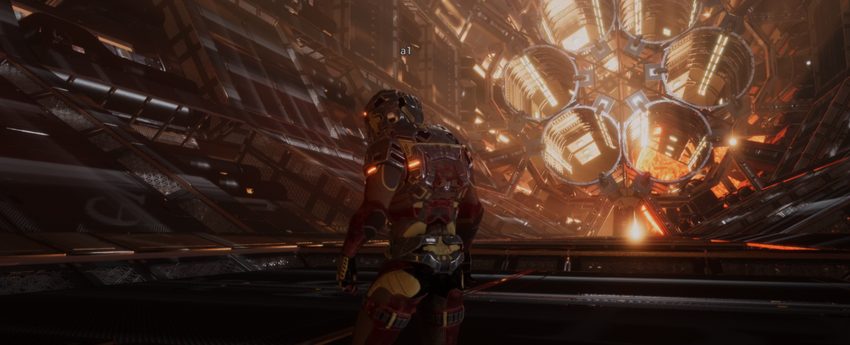
The Starl metaverse functions similarly to other projects on this list. You can buy land within the game to use as you please. With your virtual real estate, you have the option to rent it out to other players, which seems to be unique to the Starl metaverse. Beyond this, you can interact with real people, customise your avatar, explore and gamble.
$STARL is the token used within this metaverse, tradeable for other cryptocurrencies or for fiat money. The opportunities for your in-game tokens spring from an interconnected economy within the metaverse’s ecosystem.
8. Somnium Space
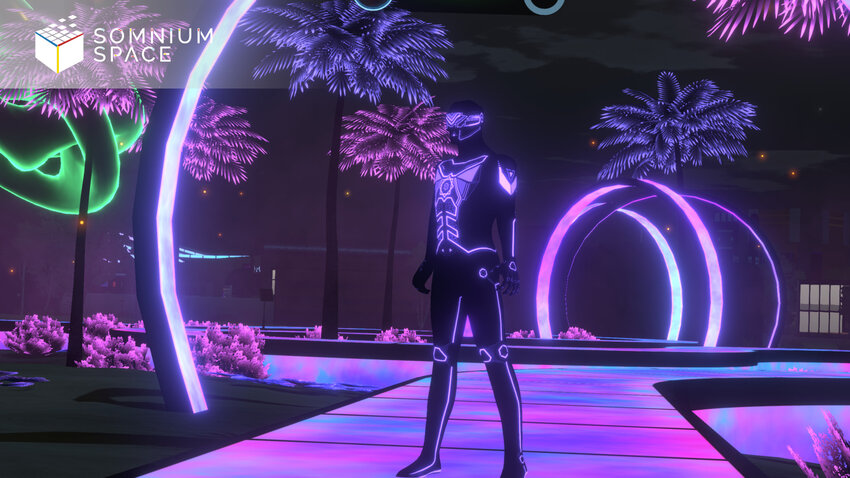
Somnium Space presents a metaverse that feels like the Sims. It is an open-world, virtual society that you can interact with via PC or mobile; however, to get the full experience and really jump into the game, you may want to connect it to a VR headset.
Somnium Space tracks your purchases (via $CUBE) on a blockchain, allows you to monetise your experience, own virtual real estate, and live ‘forever’. In recent exciting news, there may be potential in the future to see Somnium space partner with TESLASUIT for a boosted VR experience.
9. Nakamoto Games
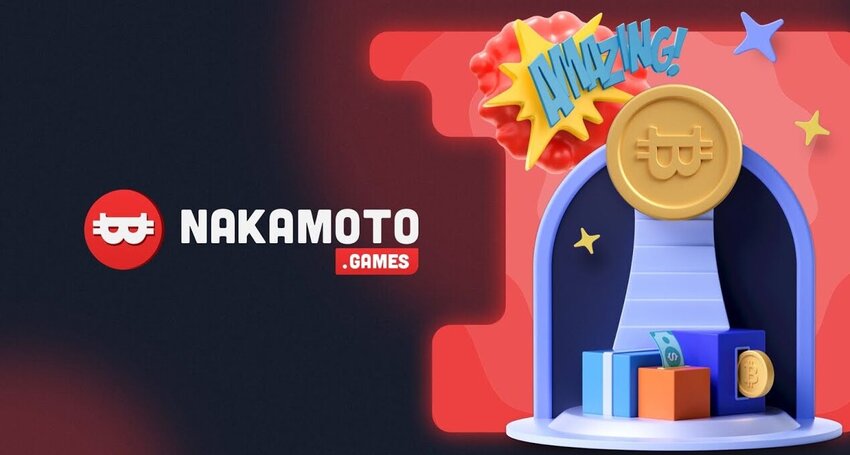
Nakamoto Games considers itself the play-to-earn revolution. Evident in its mission, Nakamoto seeks to give every person the opportunity to earn crypto and generate a sustainable income. $NAKA, the metaverse’s token, is necessary to access the ecosystem. Naka tokens can be entered into a weekly prize pool and players who rank highest on the leaderboard can win a share from this pool.
Anyone with a crypto wallet can enter this metaverse to play. However, if you consider yourself more of a developer, you can create and monetise games within the metaverse that can generate you a return. If you aren’t that tech-savvy, it’s worth noting that anyone with Naka tokens can contribute to the metaverse governance instead.
10. Metahero

You can ‘be your own hero’ in Metahero’s which boasts Ultra-HD photogrammetric scanning technology to bring yourself and real-life places into the game. Within this metaverse, you are likely to encounter gaming, fashion, medicine, NFTs, social media, and VR/AR capabilities.
The $HERO token is the sole currency belonging to this digital ecosystem. Metahero is paired with Wolf Digital World (WDW), and together they define their partnership as two separate companies with one life-changing mission. This metaverse aims to allow its players to do anything in the digital world that they can do in the real world. You also get the ability to create NFTs that you can use to auction, trade, or sell as you see fit. However, it may be exciting enough just to copy yourself into a video game.
Conclusions
Whether it’s buying and selling virtual real estate, creating and monetising your own minigames, or playing to earn, metaverses provide many crypto-related opportunities.
The creation of NFTs, known as “minting” allows players to truly own any digital assets that they purchase within the game. Then, thanks to blockchain technology, these purchases and trades can be traced to verify their true ownership.
Metaverse projects are designed to create safe spaces for play and for financial transactions. With these various metaverses offering platform compatibility via smartphones, VR headsets, and computers, what these digital worlds can offer is extensive. It is likely that the future will only bring more versatility to this industry.
If you consider yourself to be a gamer or a crypto lover, it may be worth keeping up to date with this technology as it evolves.

